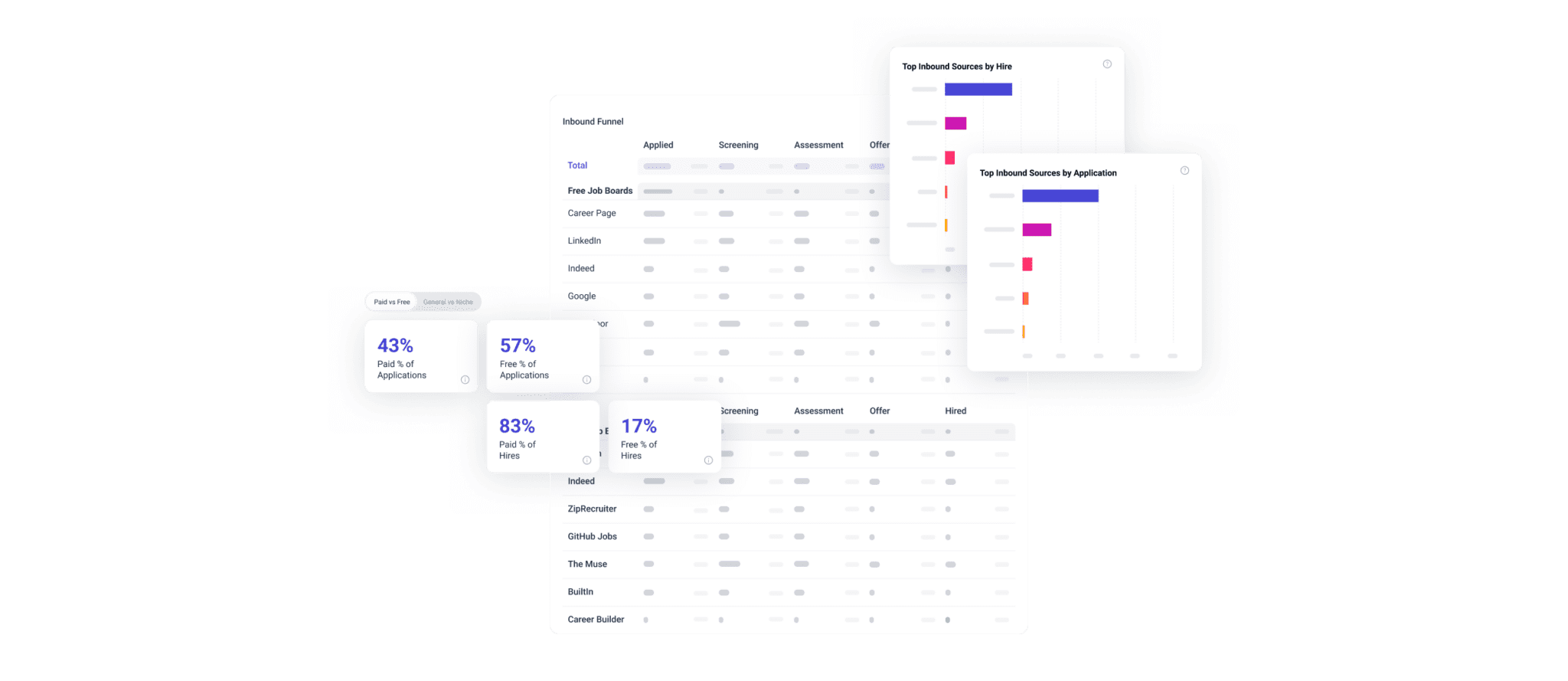Hiring teams have historically operated mostly on gut and intuition rather than data, contributing to decision fatigue. That’s despite other teams such as finance and sales having powerful platforms that help them do their jobs better. So why not recruiting analytics? One reason is data hygiene.
Data hygiene is the steps you take to ensure that your data is complete, up-to-date, and not duplicative. The cleaner your data, the better your reports. In recruiting, data hygiene can include standardizing naming conventions for sources, closing job requisitions after a hire, and updating candidate status (e.g., ‘rejected’), among other things.
Conventional wisdom says that recruiting analytics is a visualization problem. You have a lot of information in your applicant tracking system (ATS), and the trick is presenting it in a way that you can use.
That is a problem, but recruiting analytics is, first and foremost, a data hygiene problem. Bad or incomplete data yield reports that are misleading at best and valueless at worst. With sketchy reports, you get incorrect assumptions and bad strategic decisions.
And data hygiene is extra tricky in recruiting because there’s no industry standard, so every organization develops its own processes. Many companies use ATSs to keep records of their recruiting efforts, but they don’t practice good data hygiene.
Some hiring teams treat their ATS as a repository of candidates (i.e., a talent funnel). They manage job requisitions in the ATS, but they don’t manage candidates. They collect resumes under one requisition and then move qualified candidates to another requisition. This severs the connection between candidates and the original job post, making it impossible to measure the effectiveness of the post.
ATSs and QuickBooks
ATSs do a great job of recording data, but they don’t analyze the data for you. In that way, they’re similar to an accounting ledger.
Just because you have QuickBooks doesn’t mean you can forgo an accountant. You still need to translate your financial information into something meaningful. The same is true for your ATS. You have a lot of recruiting information in your ATS, but you still need to translate it. Mostly, that means organizing it so your hiring team can see the metrics that matter most.
If you’ve tried running reports in your ATS and found them wanting, you already know that this isn’t easy. Maybe you’ve tried to see how adding a diversity and inclusion recruiter or platform impacts your talent pipeline. Or maybe you just wanted to tie hiring team members’ performance to recruiting outcomes.
Practically speaking, hiring teams need either an analyst or a platform that can organize their recruiting data into usable dashboards. While bigger organizations have the resources to invest in analysts, most do not. Smaller teams need something that can sit between their hiring team and their ATS.
Another wrinkle with ATSs is that, while they’re great at recording process, they’re also flexible. The first part of that is good for data hygiene, the second part isn’t. Flexibility enables hiring teams to design their own bespoke processes for candidates. But flexibility also makes measuring and understanding performance a nightmare for recruiting leaders.
Data hygiene is everyone’s responsibility
You can’t factor recruiting information into daily strategy when it’s trapped in your ATS, messy, or incomplete. Fortunately, you can control data hygiene, which depends largely on how your hiring team manages requisitions and candidate pools.
One of the fastest ways to dirty recruiting data, for example, is to leave requisitions open. These jobs are commonly called evergreen roles. Certainly, it’s easier to leave a job open and re-use it rather than starting over the next time you hire for that role. But you can’t judge how a job performed (past tense) if it never actually closes.
In the end, data hygiene depends on solid data cleaning practices from all members of the hiring team at all times. It means team members need basic database management skills, and they need to stay vigilant. And everyone, even long-time recruiters, may have to adopt new processes. But by doing so, you can cultivate good data hygiene and glean usable insight from the information in your ATS.






